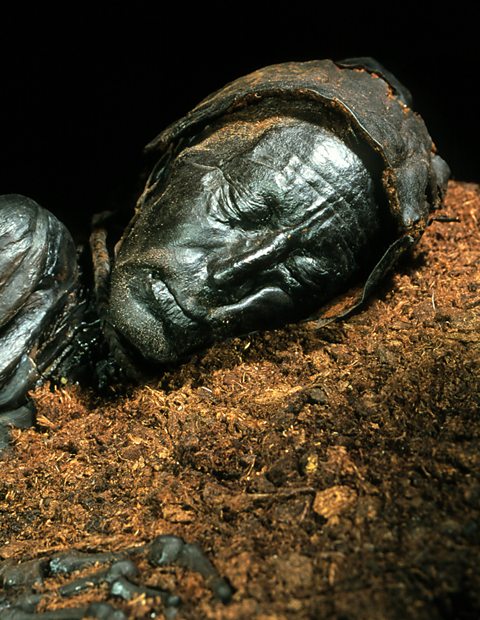The effect of temperature, water & oxygen on the rate of decay
decompositionThe process of breaking down material to release nutrients back into the soil. is the breakdown of dead matter, which is often called rotting. Decomposing bacteria and fungi are organisms that help the process of decomposition. Decomposition is crucial to the cycling of elements, such as carbon from one living organism to another. You can learn more about the carbon and water cycles here.
The rate of decayWhen plants wither and die. is the speed at which dead matter is broken down by decomposerAn organism which eats dead organisms, fallen leaves, animal droppings, etc, and breaks them down into simpler materials.. The rate can be estimated by measuring changes in pH, (for example in milk), change in mass (decaying fruit and vegetables) or change in temperature (grass cuttings). Rates of decay are affected by a number of key factors.
Temperature
At colder temperatures decomposing organisms will be less active, therefore the rate of decomposition remains low. This is why we keep food in a fridge. As the temperature increases, decomposers become more active and the rate of decay increases. When decomposers break compost down, the compost heap becomes warmer due to the respiration of the bacteria and fungi generating heat. At extremely high temperatures decomposers will be killed and decomposition will stop.
Water
With little or no water there is less decomposition because decomposers cannot survive. As the volume of available water increases, the rate of decomposition also increases. Many decomposers secrete enzymeA protein which catalyses or speeds up a chemical reaction. onto decaying matter and then absorb any dissolved molecules. Without water these reactions cannot occur.
The Egyptians mummified their dead kings and queens. This process removed all water from the mummy and so stopped decomposers from breaking down the dead tissue.
Oxygen

Similar to water, decomposers need oxygen to survive and without it there is little or no decomposition. Oxygen is needed for many decomposers to respire, to enable them to grow and multiply. This is why we often seal food in bags or cling film before putting it in the fridge. As the volume of available oxygen increases, the rate of decomposition also increases. Some decomposers can survive without oxygen. These are used in biogasA type of biofuel (methane) derived from the action of bacteria on animal manure or other organic waste. generators.
Archaeologists have found very old remains of people who have fallen into peat bogPeat bogs are poorly drained areas made up of partially decomposed organic matter due to waterlogging.. A famous example of this was the Tollund man. In peat bogs there is low oxygen, a low temperature and acidic water which can naturally mummify dead remains.